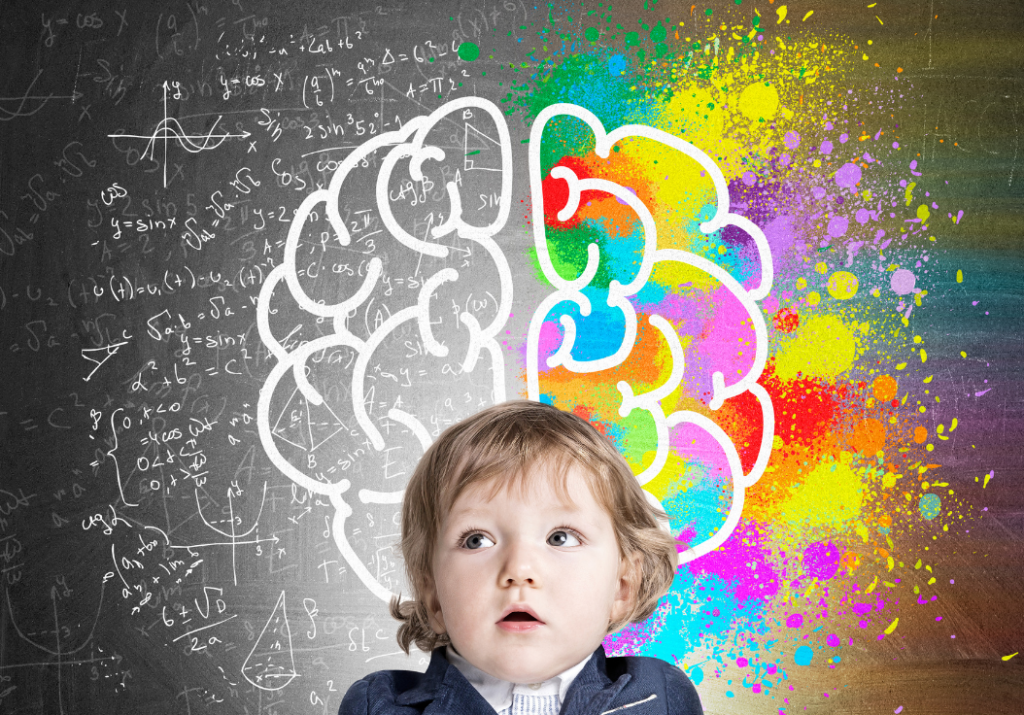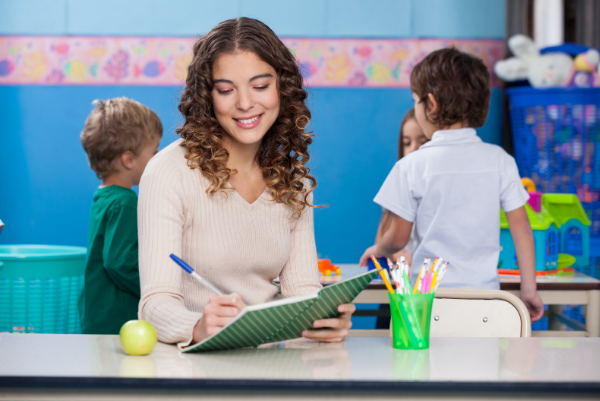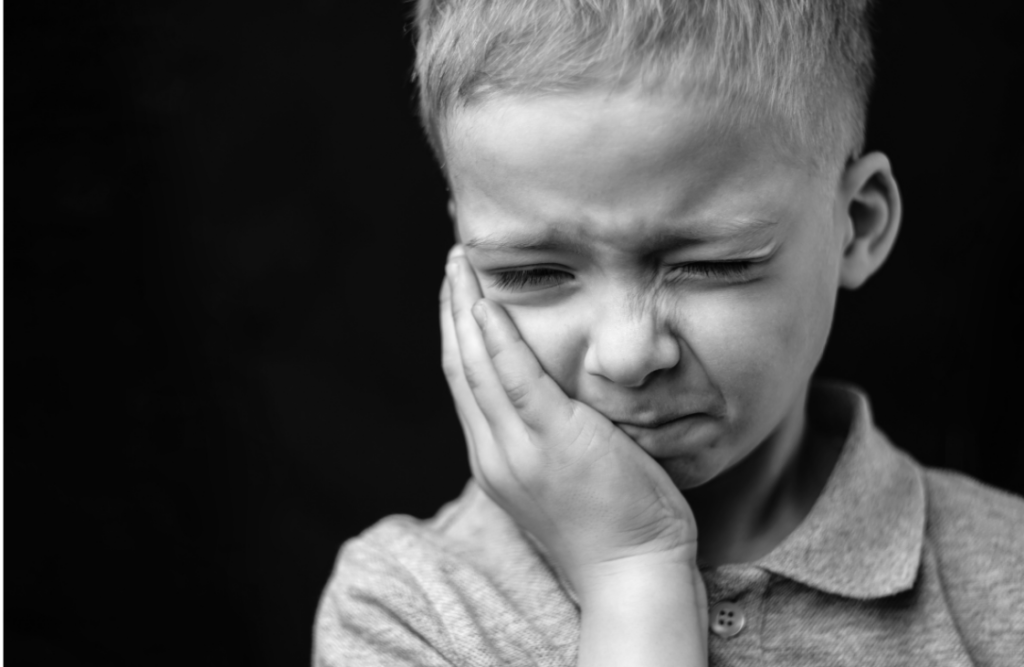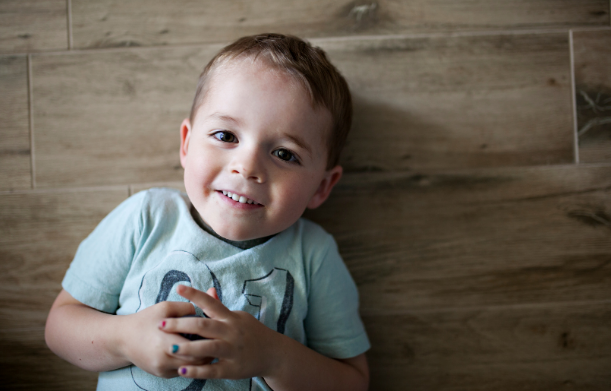How Teaching Breathing Exercises Will Transform Your Class (and you, too!)
If you had asked me 5, 10, or even 20 years ago about using breathing exercises and techniques in a preschool class, I would have laughed it off and thought you were crazy.
I would have figured you learned it at a teacher conference and this was the latest craze that most definitely didn’t’ work and somehow were going to be forced to use in the future.
However, I have become a FIRM believer.
Desperation made me try it.
And you know what? It worked. It really worked.
Have you ever had one of those days? The one where you tried absolutely everything to gain control of your class, or even just to get a moments peace with that “one kid”?
Teachers, I am here to tell you. This was a life saver once I embraced it.
We will cover the basic techniques, but if you choose to embrace this, you can get creative and adapt it to your classroom and their individual needs. I will show you how.
Breathing and Brain Chemistry
There are many different breathing techniques out there, most are under the title of “Yoga”. I personally don’t agree with yoga’s mystical philosophies, but I can take some aspects of it and use it in the physical sense.
Yoga works for the loud and rambunctious ones to calm them down, as well as the quiet ones to help bring them out of their shell. Both require their brain chemistry to change. Breathing helps that.
To start with, you need a little background on how the brain works, especially in children. I am not a psychologist. (Although I took a lot of psychology courses in college, I now know enough to make me dangerous!)

Every human being has certain triggers that affect our response to things. Most are a result of our environment, although there are cases of disruptive behavior that are caused by certain physical dynamics. We are going to talk about triggers in general and how breathing exercises can help in your classroom.
If you are new to understanding triggers and their affect on behavior, here is a list of things to watch for:
- Observe each of your students over a course of a week or two. Write down your findings in a notebook. Continue throughout the year and note changes in behavior.
- Which students retreat to a quiet place when the class gets loud?
- Which students like to yell and only get louder when others are loud?
- Which students are social and like hugs?
- Which students do not like physical contact?
- Who is shy or nervous and may like to hide, especially if there are loud sudden movements?
- Who gets easily frustrated and angry when things don’t go their way?
- Who is aggressive, especially when others get too close?
- Are there students who throw fits and cry when they can’t accomplish tasks?
- Who has boundless energy and likes to run everywhere and over everyone?
This is by no means a comprehensive list, but it should get you started and get you in the habit of observing your class.

With your observations in hand, half your battle of gaining back control is fought already. You are armed with information that can bring calm back to your class with individualized detail. (*footnote* – Don’t turn your back on your kids like this teacher is doing!)
The Amygdala and Preschool Emotions
There is a tiny part of the brain called the amygdala. It is shaped like an almond. Its primary role is for emotions and emotional responses like anxiety, fear, and aggression. It’s also used for decision making. Something everyone needs and what we hope our preschoolers will learn. (Some adults, too!)
It is also responsible for being a storehouse of memories that involve emotional events. Children who have suffered trauma, abuse, or loss may require professional help, but for the average child, the amygdala is a normal functioning part of the brain.
I went to a teacher conference years ago and a Psychologist spoke on this very thing. She called it “screaming almonds” instead of the amygdala. She said the environment that children have been in, or certain traumatic events can determine their learning capacity or lack thereof.
If their amygdala is “screaming” (or triggered) it is telling their body to act out. For them to have optimal learning, their amygdala needs to be calm.

Does your class have certain behaviors like kids running, screaming, crying, fighting, retreating, etc? Is it time to tame the “screaming almonds”?
I had a student one time whose parents yelled. All. The. Time. If I raised my voice near him or the noise level got too loud, he would go sit in the corner on a bean bag. Sometimes he would even hide under there. When I saw him retreat, I knew it was time to reset the class.
Likewise, another student who was very aggressive and provoked easily would be playing with other children. When things started to escalate, however, I would intervene.
I would spend my days running around putting out all the fires.
That is until they learned breathing exercises and could calm themselves on their own.
Below are some tips on how I use it in my class.
As with any exercise, it takes practice. Start small. Circle time is a great way to introduce it, especially if you make a game out of it.
My Go-To Calming Technique
- Using your fingers, count to 10 while inhaling through your nose. Have students mimic you.
- Then hold your breath for 10 seconds counting again
- Exhale through your mouth counting to 10 as well. (30 seconds peace!)
- Repeat 2 or 3 times or as long as their attention will hold. It will become easier. Promise.
Once they get the hang of it, start introducing creative ways to help them understand a little better like:
- Breathe in and smell the. . . (flower, cupcake, cookies, etc.)
- Pretend to hold the object in their hands
- Pretend to blow out the birthday candles, blow up a balloon, blow the seeds off a dandelion, blow feathers or leaves out of your hand, etc.)
- Be dramatic and silly when pretending (blowing up a BIG balloon, having feathers “land” in your hair, licking icing on the cake with your finger, etc. They love it!
- Repeat.

Next, have them place their hand on their heart and feel it beeping.
- Is it fast or slow?
- Have them lay down and put one hand on their heart and one on their tummy. Do the exercise again but this time have them watch their tummy rise and fall.
- Have them check their heart again. Is it slower or faster?
- Talk about how when they are upset, their heart beats faster and their insides get all tight or tense. When it slows down, they relax and feel better.
- Show them the difference. Instead of laying their hands flat, have them squeeze their hands into a fist as tightly as they can. Have them notice how their body feels tight, too.
- Tell them that if they feel “tight” like this when they are mad, sad, angry, scared, or frustrated, they can practice breathing on their own to help them feel better. You will be surprised how quickly they will pick it up.
By observing your children as noted above, you can identify certain triggers and situations that would “set them off” and require the use of these breathing techniques. Soon, they will learn to identify it, too.
I have seen first hand how kids will stop and breathe to calm down. That’s what you want; children who learn to self regulate, function, and get along with other kids despite their triggers.
Wouldn’t the world be a better place if we all did that?
If these breathing techniques need an extra boost, I have another solution. My next post will be about setting up a Calm Down/Feelings Center and using silly yoga poses to help them focus. Until next time……just breathe!
If you need help or encouragement, send me an email. I understand the overwhelm and would love to help you be the best teacher you can be! holley@preschoolsos.com
Leave a Reply
You must be logged in to post a comment.